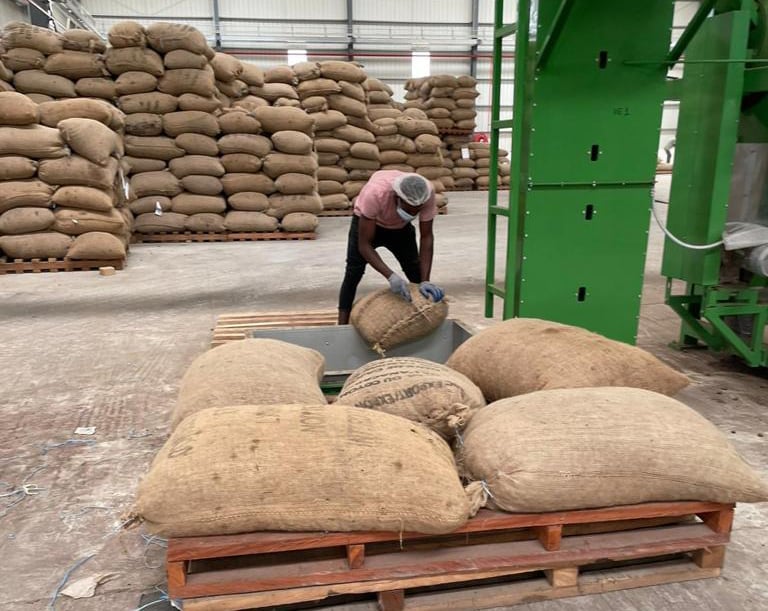When market attention drifts to commodity rallies, palm oil is rarely centre stage—yet recent developments hint at a subtle repositioning worth noting. Beneath the surface, the dynamics shaping palm oil markets are aligning in ways that may reward long‑term capital disciplines.
The latest uplift in Malaysian palm oil futures reflects more than passing volatility. Contracts for September delivery showed renewed strength, supported by parallel gains in soyoil across major exchanges and a concurrent rise in crude oil prices. That crude influence is particularly instructive: as energy markets strengthen, palm becomes increasingly relevant as a biodiesel feedstock, its role expanding within a tightening global inventory environment.
Export volumes from Malaysia have also firmed, with early June data pointing to a notable rise in shipments. This increase is less about speculative churn and more about actual offtake—a sign that palm’s demand profile is proving resilient. The movements are not erratic but increasingly grounded in structural consumption needs.
Looking ahead, the long‑term outlook adds depth to the near‑term momentum. Projections indicate the palm oil market could expand by over 50% over the next decade, driven by persistent demand across both food processing and industrial segments. That range includes packaged foods, personal care, lubricants, and bio‑based alternatives—all sectors with durable volume demand and pricing power potential.
Palm’s strength lies in its adaptability. It delivers high yields at lower cost relative to alternatives, making it appealing for scale-intensive users. Its growing role in renewable energy only amplifies that relevance. As biofuel mandates evolve and sustainability standards tighten, palm is not simply a legacy crop—it’s becoming a strategically important input with multi‑sector applications.
Investors should note that palm oil’s correlations—with other vegetable oils and with crude—can introduce episodic volatility. Yet within a portfolio designed to capture long‑duration resource trends, these short-term shifts are navigable. Over a strategic horizon, palm’s underlying fundamentals offer more stability than the headline movements might suggest.
Compared with other oilseed crops, palm offers advantages in cost structure and acreage efficiency. Substitutes like soybean and rapeseed oils carry higher production inputs and often face regional planting constraints. Novel alternatives, such as algae-based or lab-grown oils, remain commercially marginal. As energy transition strategies mature, palm is increasingly viewed as a realistic, scalable solution for both fuel and food supply chains.
What is emerging now is not just a commodity recovery—it’s a rebalancing. Palm oil’s demand is being pulled by real-world applications, its pricing shaped by energy markets, and its relevance amplified by policy shifts. This convergence makes it more than a passive component of the agricultural complex. For investors, it presents a rare instance of breadth, volume, and optionality in one asset class.
Palm oil serves as a strategic commodity at the crossroads of agriculture, food processing, consumer goods, and renewable energy. Its unique yield advantage, rising export demand, and policy-driven momentum in biofuels and sustainability make it a multifaceted asset with long‑term relevance.







































